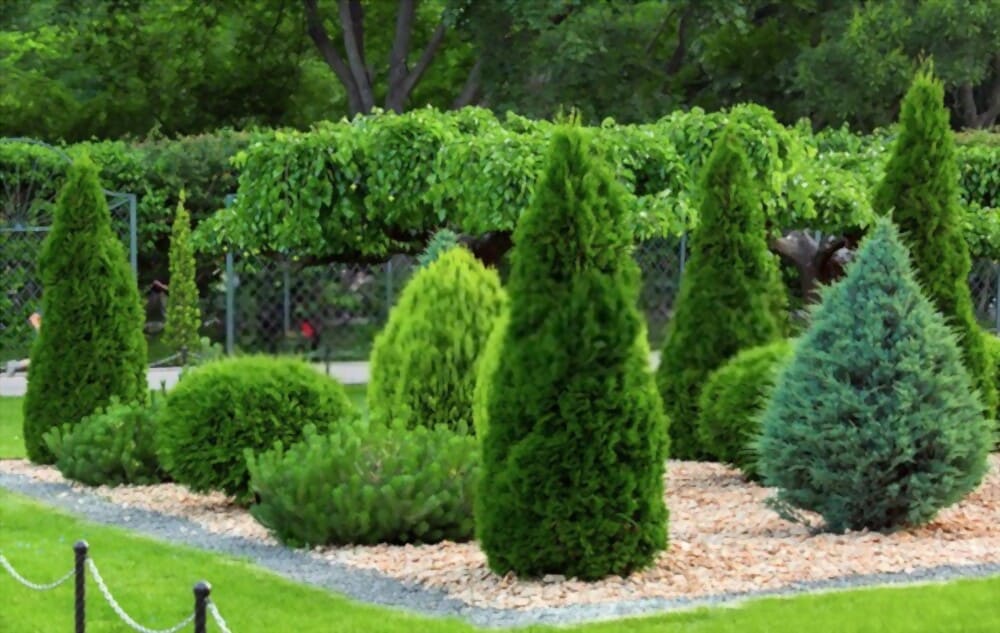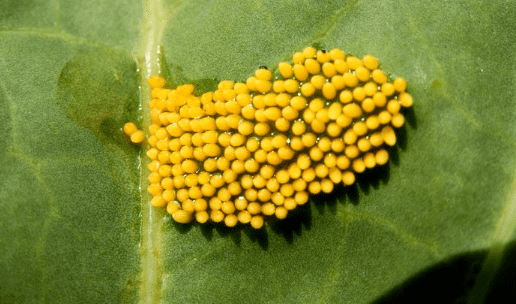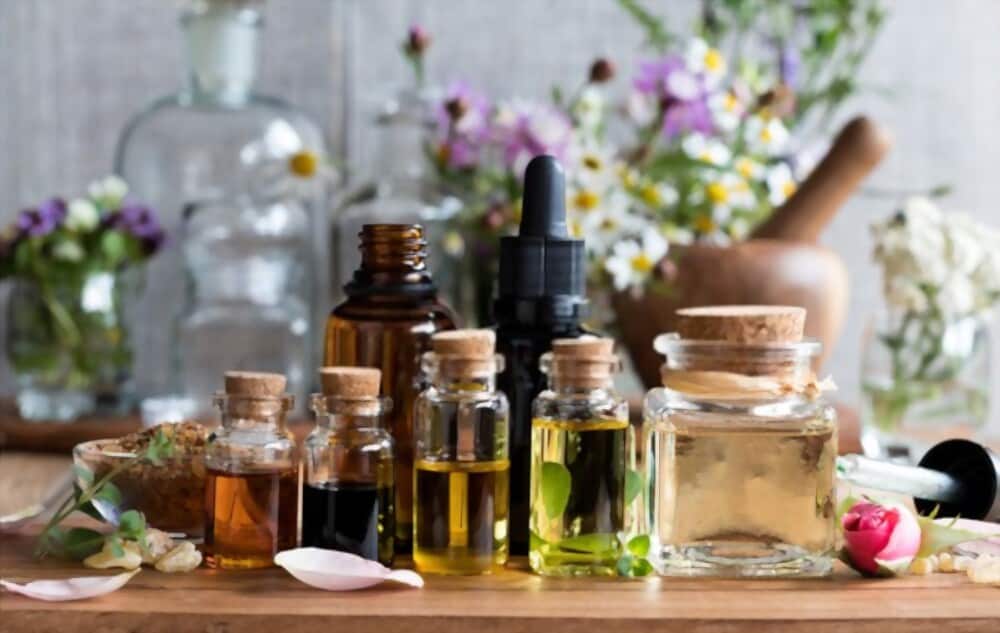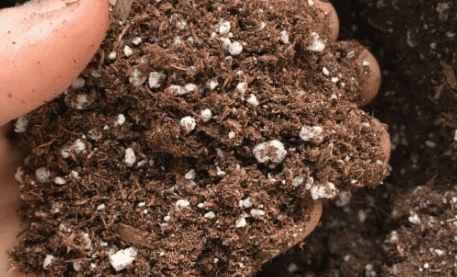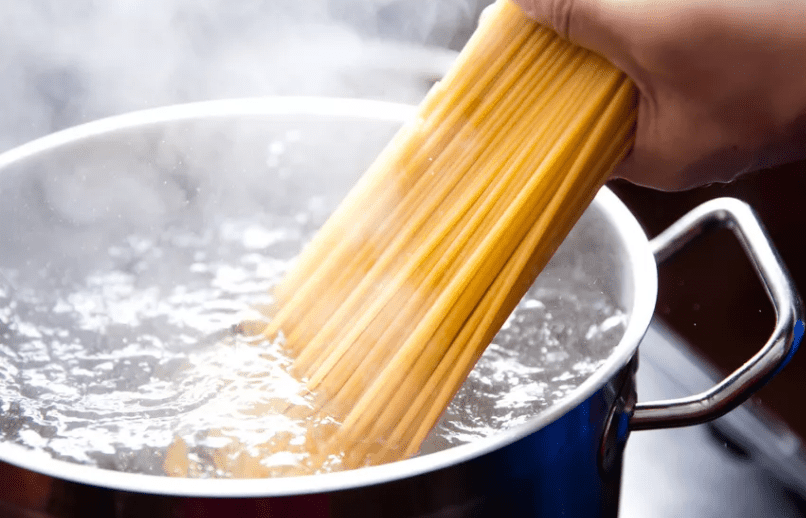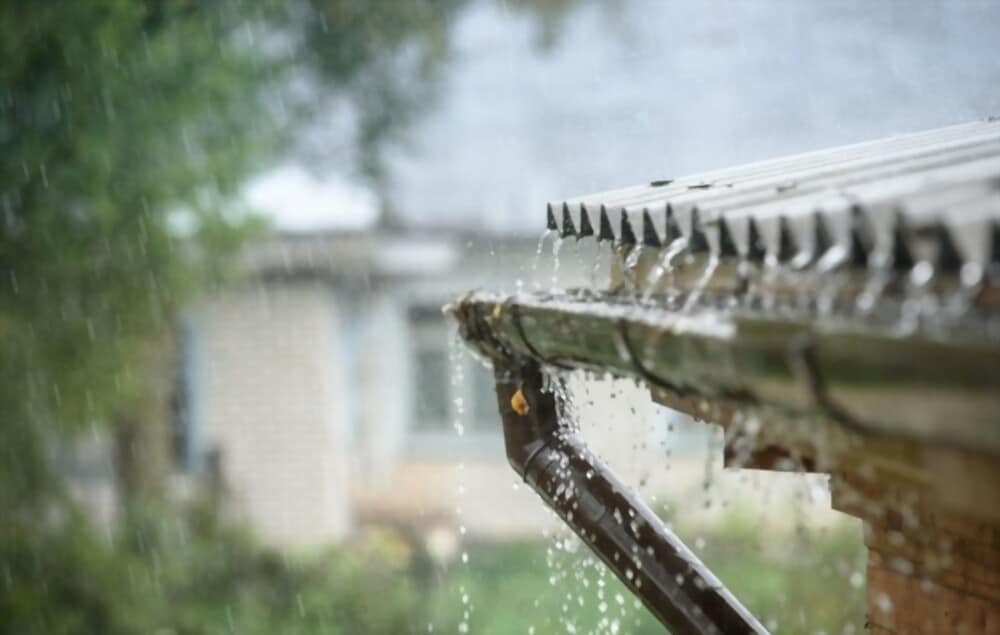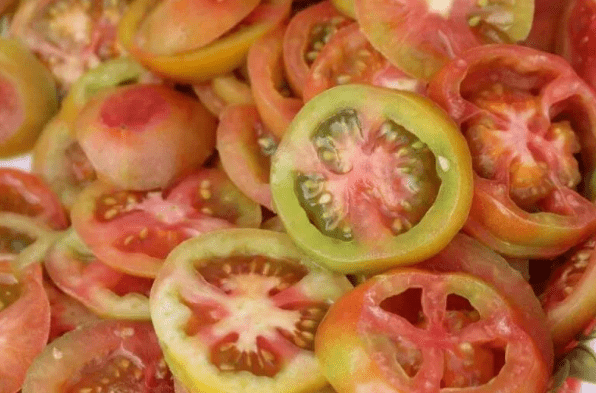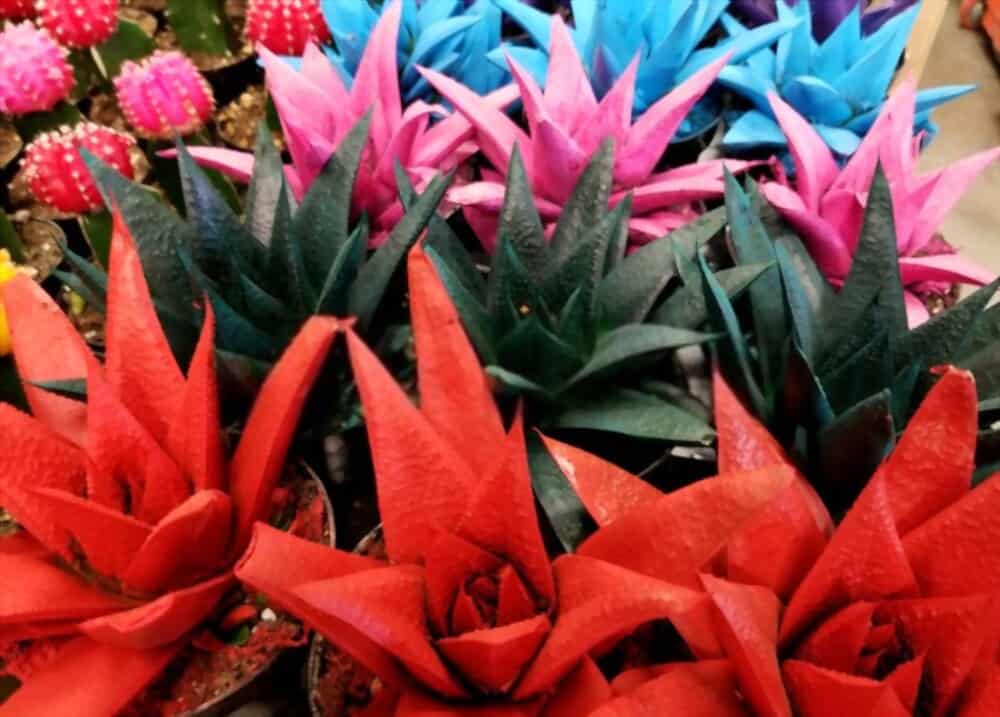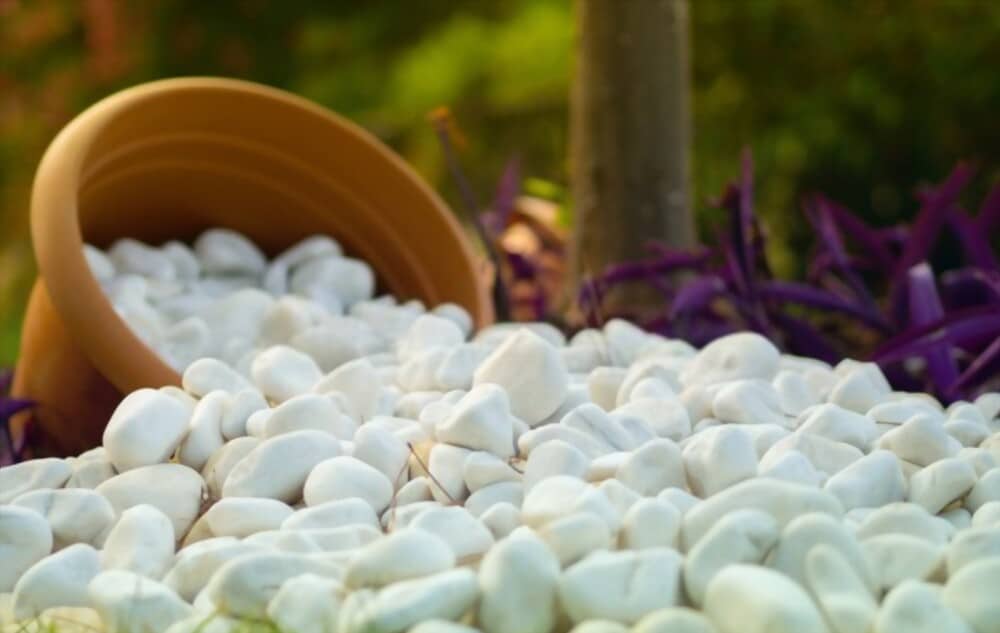Using Gravel as Mulch (The Pros and Cons Explained)
Regardless of whether they are landscaped or grown in pots, plants can benefit from using gravel as mulch. Additionally, gravel or stone can add value to a property while giving plants a more contemporary appearance. Gravel can be used as mulch to stop soil erosion, moisture loss, and the growth of unwelcome weeds close to …

